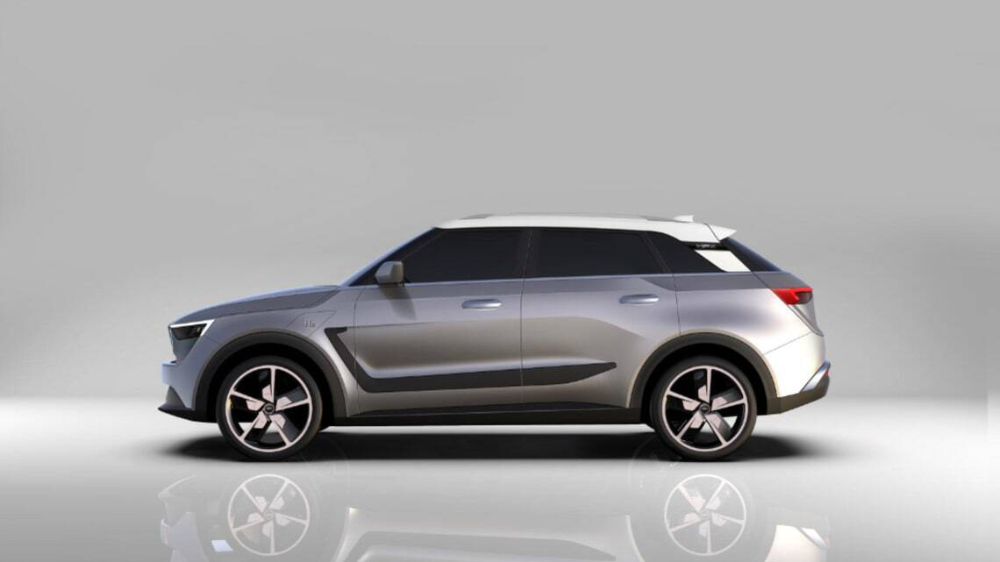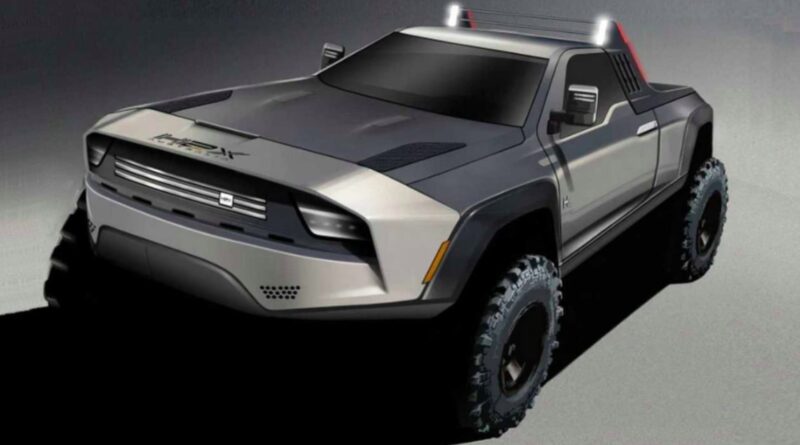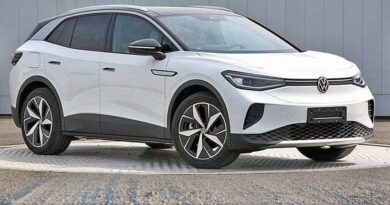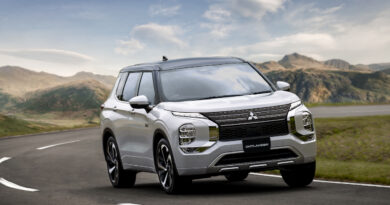H2X powers up: First hydrogen prototypes planned for early 2021
Australia’s car-manufacturing industry is edging closer to a stunning comeback, with homegrown hero H2X targeting a 2022 launch date for its locally built hydrogen-fuelled SUV, the Snowy.
The ambitious startup company is promising that its first hydrogen fuel cell electric car prototypes are less than six months away, with development targeted for early 2021.
Vowing its vehicles will “absolutely” be made in Australia, all that’s left is for H2X to settle on a manufacturing location, with NSW, South Australia and Victoria all in the mix – including the particularly familiar town of Broadmeadows in Victoria.
UPDATE: H2X repositions; Australian EV brand to sell hydrogen Ford Ranger
Yes, the former home of Ford is on H2X’s list of towns to investigate, with the brand now finalising a versatile hydrogen fuel cell platform it hopes will underpin a family of vehicles that will include vans, SUVs – and even a possible dual-cab ute.

One potential (very large) hurdle will be funding. While H2X has said it has a secure business to explore commercial vehicles, an expansion into passenger cars will require more funding – and lots of it.
It is not yet known when, or if, that will come. But the brand has already ruled out lowering production costs by off-shoring production.
“It will definitely be in Australia. There are opportunities in South Australia, opportunities in Western Australia, even Broadmeadows – there are a couple of locations to consider,” says H2X chief Brendan Norman.
“Port Kembla (in NSW) is for our prototype testing, powertrain testing, things like that.”
If the task of launching a new hydrogen fuel cell car company in a country that has next to no refuelling infrastructure is daunting, Norman isn’t showing it, suggesting the path to hydrogen in Australia is easier to follow than most think.
Hyundai’s Nexo – the first hydrogen fuel cell car to be certified for Australian roads – is helping build a business case for early refuelling stations.
“What’s interesting for us is that the first installations of hydrogen fuelling stations will be around airports, and so it’s probable that delivery companies might go to hydrogen first,” he says.
“Then passenger cars follow. It’s LPG again, it’s the same application. We’re just going back to the 1970s.”
H2X is so far prioritising the commercial stream over private vehicles, but says the flexibility of its yet-to-be-revealed vehicle platform will give it the ability to change course quickly, depending on how the infrastructure develops.
But the brand has promised prototypes in less than six months, including the mid-size Snowy SUV, and the possibility of a dual-cab ute that would essentially take on vehicles like the Ford Ranger and Toyota HiLux.
The brand already released a teaser sketch of a potential pick-up, one with two doors, but says customers feedback has convinced them to transform the ute into a proper four-door dual-cab.
“All we need to work out is which vehicle we bring to market first, as we can pretty much put them all on a single platform,” Norman says.




